A Tribute to Paul Mullins, Champion of Community Engagement written by Susan B. Hyatt
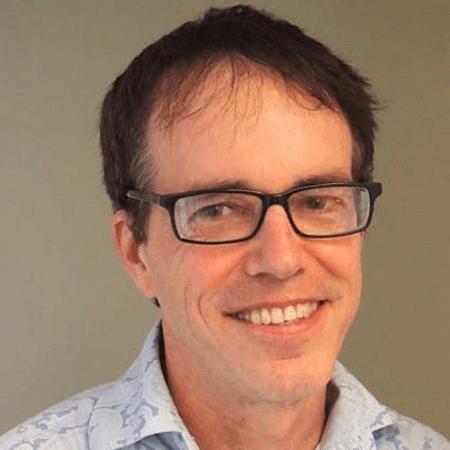
On April 16, 2023, Indianapolis and IUPUI lost a great champion of civic engagement and translational research. Paul Mullins, Chancellor’s Professor of Anthropology, winner of the Chancellor’s Faculty Award for Community Engagement and inaugural co-recipient of the Bantz Community Fellowship, among many other honors and awards, passed away at the age of 60 after a year-long struggle with a malignant brain tumor. Paul joined the faculty at IUPUI in 1999 and served for 9 years as chair of the Department of Anthropology. In his 24 years at IUPUI, he became the preeminent historian of the campus and, indeed, of the city.
Paul was a historical archaeologist who used digital resources, oral history interviews and material culture to piece together stories of Indianapolis’ “invisible” neighborhoods. He was particularly committed to using scholarship in the service of revealing how racial and social inequalities, often hidden from our everyday gaze, had shaped in the past and continue to influence our contemporary social and physical landscapes in Indianapolis. He painstakingly documented how large-scale interventions, like highway construction, federal urban renewal programs and the construction and expansion of our own IUPUI campus, had disproportionately affected local residents, more often than not along the color line.
Paul had a gift for personalizing these accounts in ways that made them unforgettable. For example, in one blog titled, “The Last Holdouts,” Paul took a 1980 photograph of the campus that shows two remaining residences, marooned in a sea of asphalt. In investigating the identities of the two African American families who had once lived in those homes, Paul uncovered the poignant story of how Mr. Johnson, who had once enjoyed sitting on his porch at 311 Bright Street, where he could watch the world go by, was no longer able to take joy in this simple pleasure. As his obituary stated,
“this too had to come to an end. So many strange things began to happen. He didn’t like what he heard and saw. His family understood that all the activity was necessary for the building of the new Indiana University-Purdue University at Indianapolis (IUPUI) Law School. He did not. He did not like the noise, the machinery or the people moving about. So he refused to sit on the porch and watch progress. He liked it even less when a parking lot came up to his back fence. The house offered him security and comfort, so his last days were spent in his home, his last hours in his chair. As he sat there, he entered into eternal sleep.”
Not only was Mr. Johnson’s house ultimately demolished (his daughter continued to live there until 1982), his address was also erased from our current streetscape. The kinds of stories that Paul uncovered and shared with the public offered his readers an up-close look at what might be described as the “everyday intimacies” of such processes as displacement and segregation. There was the story for example, of Lucien Meriwether, an African American dentist whose neighbors built “spite fences” when he tried to move his family up to Mapleton-Fall Creek in 1920. They were ultimately driven out of the neighborhood by the sustained harassment, as were other Black families. Paul’s blog on this incident shows that while Dr. Meriwether’s white neighbors may have been “ordinary people,” who were not necessarily members of formal organizations like the Ku Klux Klan, their activism in defense of segregation and white supremacy contributed to normalizing the view that the color line in residential neighborhoods needed to be - and should be - preserved at all costs.
What made Paul’s work translational, however, was not only his scholarship but also his commitment to sharing his research methods with community residents. He always referred to this period as the “golden age of digital resources,” and he made extensive use of such materials as the Sanborn insurance maps and Baist maps, city directories, newspaper archives and census data. People regularly contacted him for help investigating their own local hidden histories. He would provide them with detailed but easy-to-follow instructions, showing how they could carry out their own explorations of the past by using resources that are freely available online. In this way, he served as an exemplar of how scholarship can be used in the service of grassroots movements for social justice.
His detailed work on the history of Indiana Avenue, for example, was mobilized by local residents in order to fight a plan put forward by a real estate developer, who intended to build student apartments along the Avenue. Despite the fact that this plan was unveiled in 2020, during the height of the pandemic, a movement called “Reclaim Indiana Avenue” quickly formed to fight the further degradation of this significant historical space. In response to these developments, Paul immediately published a blog, in which he called out the tendency of city planners and developers to see historically Black spaces, like Indiana Avenue, as “blank slates,” devoid of significant markers of heritage and ripe for being re-imagined as sites for mostly white consumption by tourists and suburbanites. Faced with an organized opposition that had access to Paul’s research on the history of the westside, the developer backed down and the plans were dropped. Paul’s blog on this episode concludes,
“Dignifying that heritage and designing for the Avenue’s future requires acknowledging the consequence of the Avenue’s drab contemporary landscape of parking lots and office buildings, recognizing the legacy of racially based displacement, and designing the Avenue as a shared place uniting architects, investors, community stakeholders, and scholars.”
The initiative to realize exactly this future that Paul described for Indiana Avenue is now being carried forward by the organization ULLI, the Urban Legacy Lands Initiative, whose mission is to preserve Black history on and around Indiana Avenue. Paul’s work was instrumental in providing a foundation for this vision to be launched and funded.
Paul’s work inspired many community residents to carry out research on their own communities, and a range of grassroots endeavors around the city bear the hallmarks of his influence. He also trained his students and colleagues to undertake this kind of work, and many of their projects are also contributing to these efforts.
In 2016-2017, Paul and I were honored to be selected as the inaugural Bantz Community Fellows. Our project, entitled, “Invisible Indianapolis: Race, Heritage and Community Memory in the Circle City,” created an umbrella for us to share our work, Paul’s on the westside, mine on the near southside, with the goal of uncovering additional stories, looking for commonalities among neighborhoods, and bringing our work to the public. We organized several events that year, including a Spirit & Place program on the impact of highway construction on the near southside, neighborhood tours, a pop-up exhibit on an immigrant business that once occupied a building that is now an upscale apartment building, and scan-a-thons where we invited community members to bring their historical memorabilia to locations where they could be digitized and catalogued. Paul sustained a remarkable blog site detailing several of his research endeavors, some of which have been described above. Paul’s work always encourages us to understand that neighborhoods as we see them today are fairly recent inventions, shaped by generations of policies, programs and practices that were unevenly and often unjustly implemented. His goal in doing this work was not only to uncover the stories of the past but also to encourage people to use that knowledge to imagine and bring into being new visions for the future. His steadying hand, acute insights, powerful writing and activism on behalf of marginalized communities will be sorely missed. Because he gave us the tools to do so, however, we now owe it to him to continue that legacy of scholarship in the service of social justice that he so brilliantly executed.
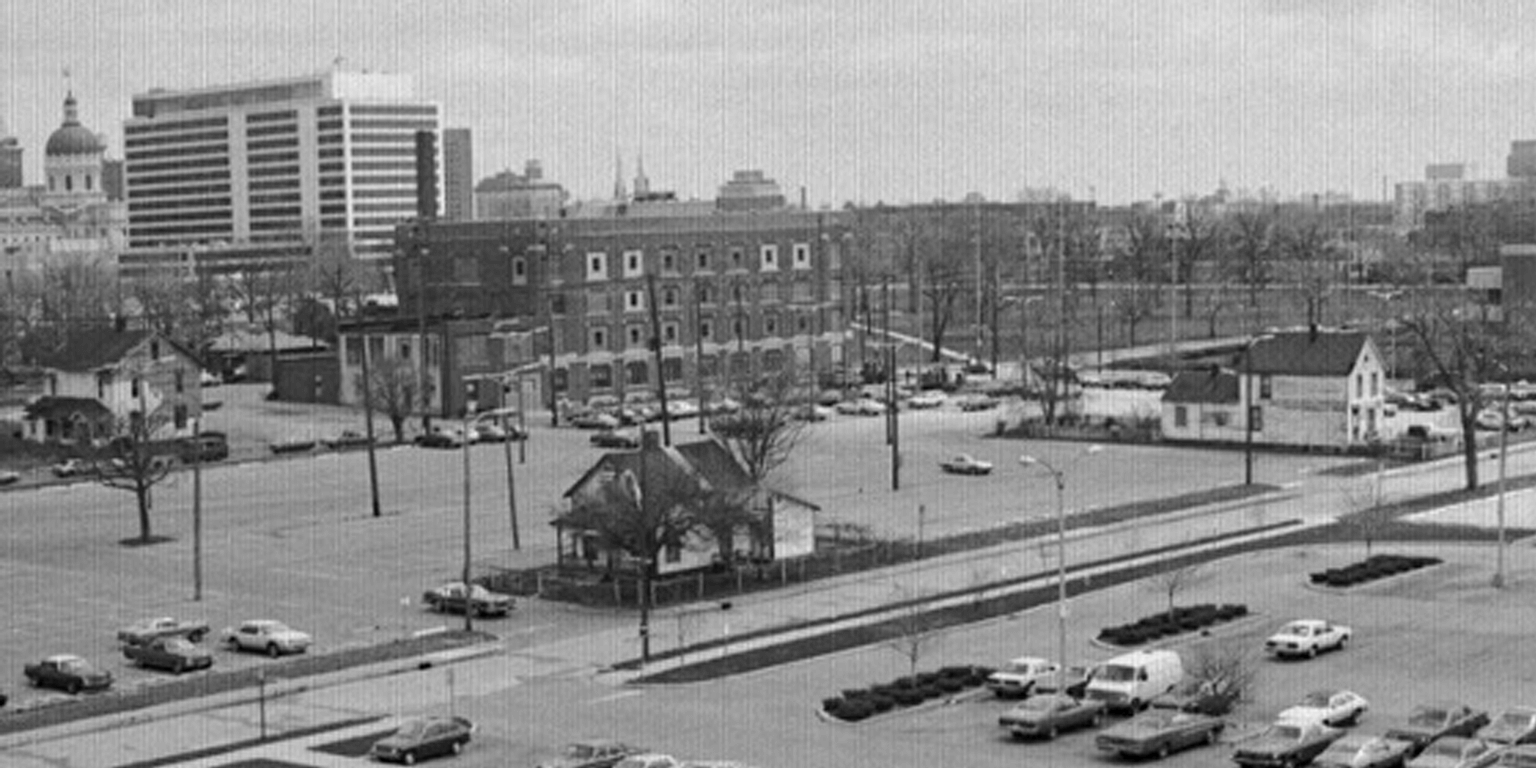
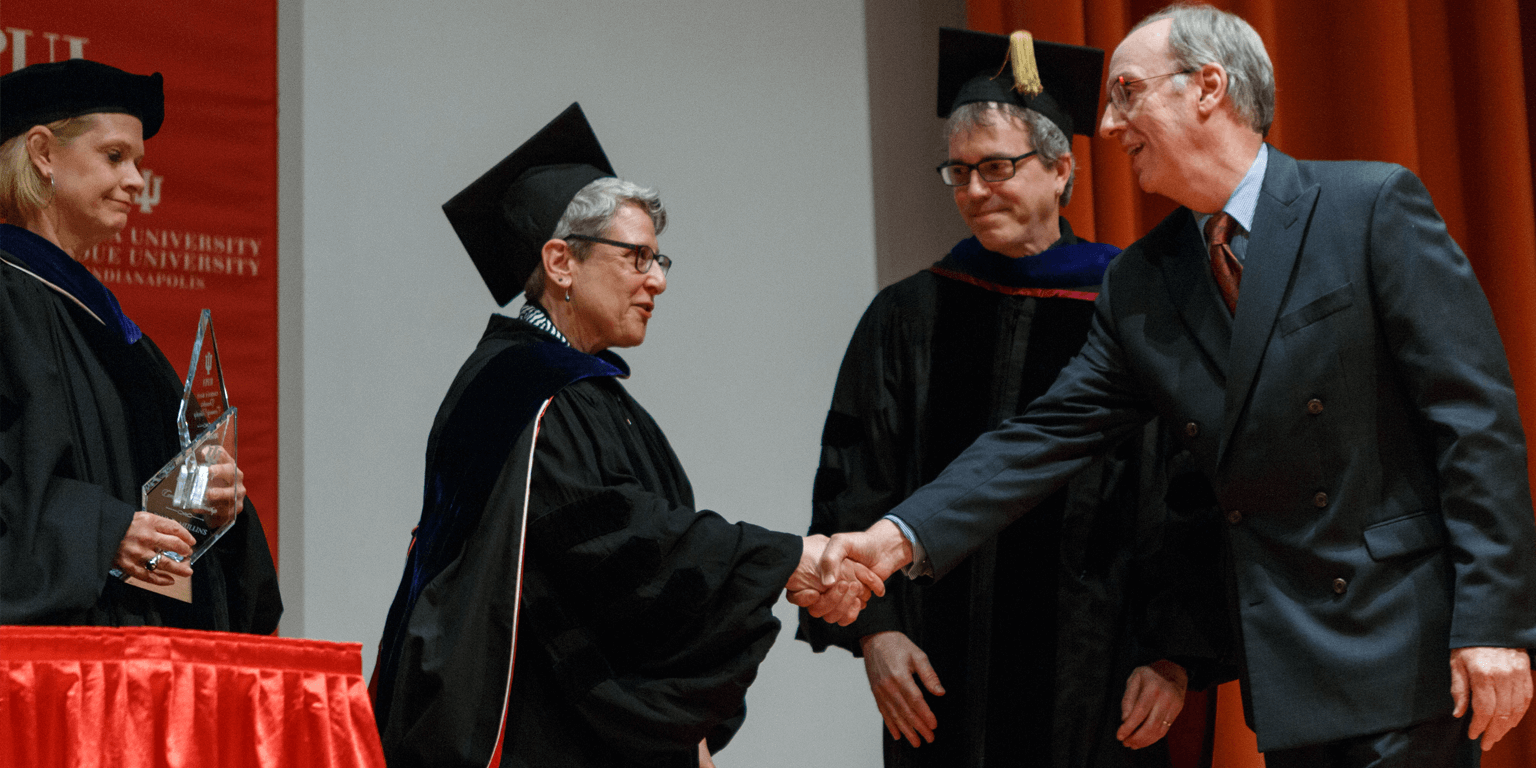
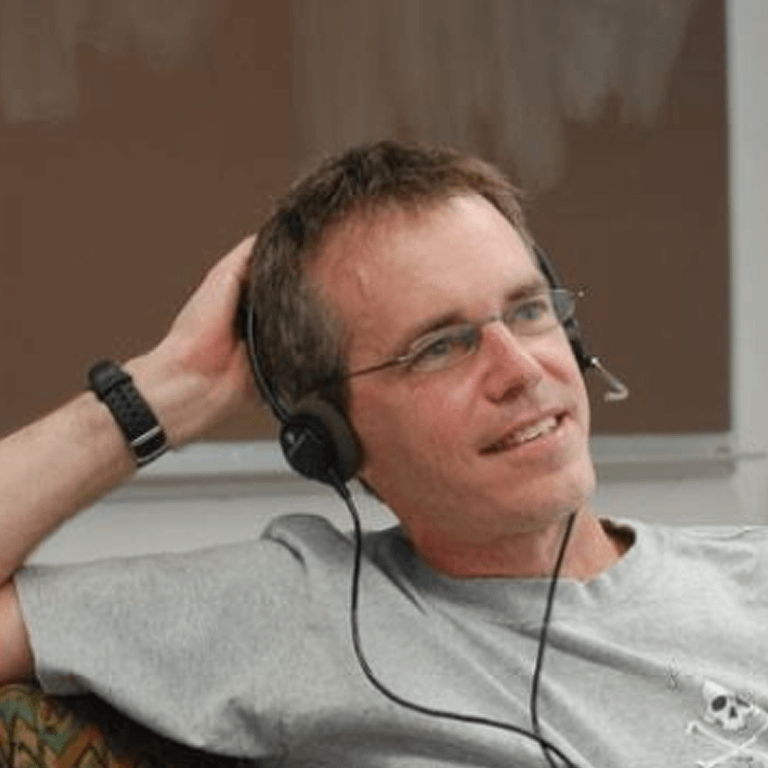
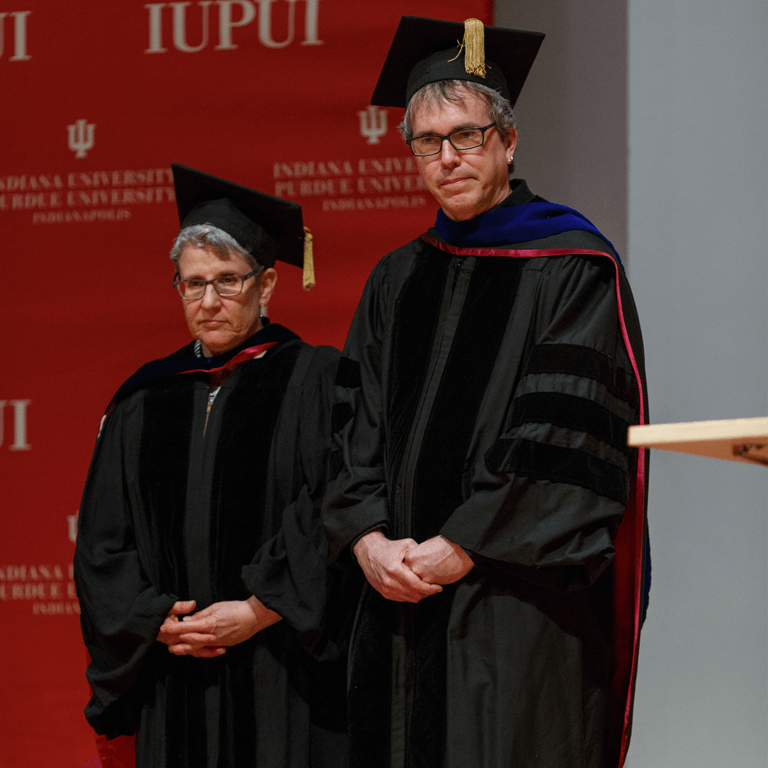
(Top Photo) - Dr. Paul Mullins (center right) and Dr. Susan Hyatt (center) receiving the inaugural Charles R. Bantz (far right) Community Fellowship at the Honors Convocation in 2016. Photo courtesy of Liz Kaye, Indiana University. (Bottom Left Photo) - Dr. Paul Mullins. (Bottom Right Photo) - Dr. Paul Mullins (right) with research partner Dr. Susan Hyatt (left) at the 2016 Honors Convocation. Photo courtesy of Liz Kaye, Indiana University.
On Friday, February 24, 2023 from 12 noon to 1:00 p.m., several of Dr. Paul Mullins’ colleagues shared how his work has and continues to impact their lives and academic careers. This presentation also shows how Paul Mullins' research is an exemplary model of IUPUI faculty members translating research into practice for the betterment of their fields and communities. "An Exploration in the Power of Community Impact in the Work of Paul Mullins."